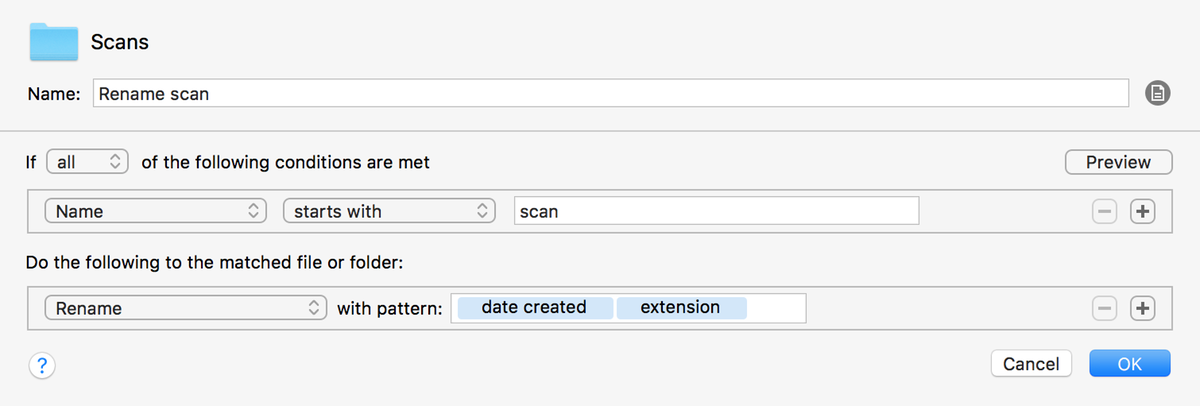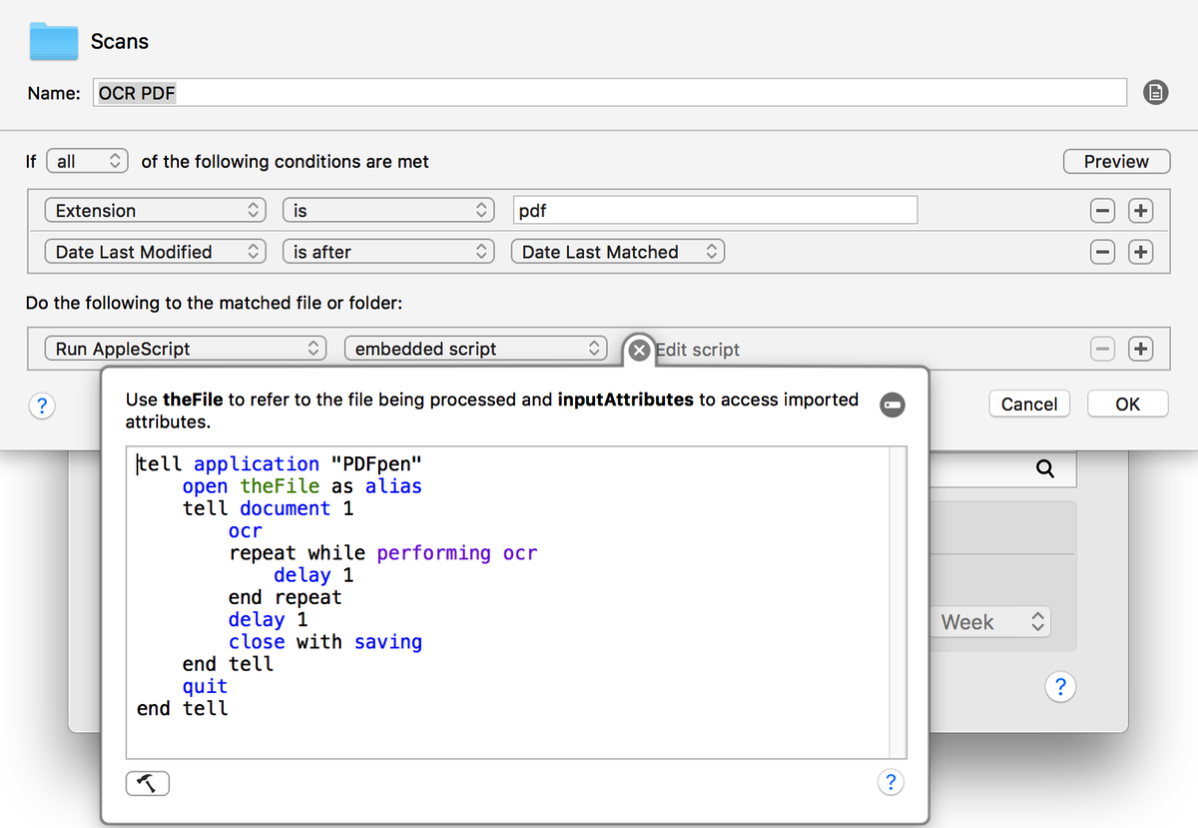Hello.
This is an announcement.
Out of all the places I could have put an announcement, I will admit that it probably doesn't make the most logistical sense to put it here.
If I'd had the opportunity to put it somewhere that makes more sense for announcing things, such as Facebook or Twitter, I promise you I would have done that. However—and please don't become too distracted by this—but the vast majority of my social media accounts were hacked sometime back by an extremely persistent individual or entity whom I have thus far been unsuccessful at defeating, so I do not currently have anywhere else to put this.
Moving on.
As we discussed, there is an announcement. Soon it will be upon us. But first, a warm-up announcement:
I told you this because I thought it might lend some credibility to the actual announcement, which is that I wrote a second book. For real this time. The book is finished. It has 518 pages. There is no going back at this point. There's a super official book page and everything.
As is tradition, a variety of ordering experiences are available.
For example, if you wish to be taken directly to the book page with no extra fanfare, please click the regular button:
If you wish to use a larger button to go directly to the book page, please click the big button:
If you wish to have a more difficult experience, the hard button is for you:
If you do not wish to interact with the book any further, please follow this button to safety:
If you want to feel slightly weirder than you currently do before visiting the book page, please click here:
If you wish for me to apologize for writing the book and/or for the bird collage, that option is also available:
If you just want to click a bunch of buttons, please go here:
---------------------------------------------------------------------------------
Okay. The announcement is complete. We may now proceed to the bonus phase.
Perhaps this event was not promotional enough for you. Perhaps you wish to be subjected to a truly unnecessary level of marketing both related and unrelated to my book. Perhaps you simply wish to experience the future in whatever form it takes. If this is the case, I have great news for you:
I recently learned how to use Instagram, and over the next several days, I intend to explore the limits of its potential, possibly even discovering new ways of using it. I will be relentless, and you will regret becoming involved, but you do have the opportunity to become involved if you wish. It's also completely possible that I decide against this and just post extreme close-ups of my belly button. Or something else could happen. One can never know these things.
Thank you for your time and patience. I hope you can find it in your hearts to still respect me after this.
-Allie



















